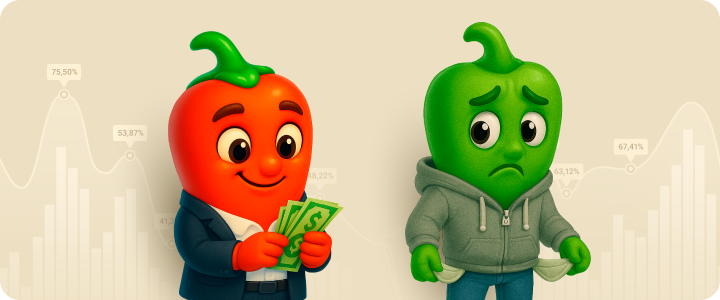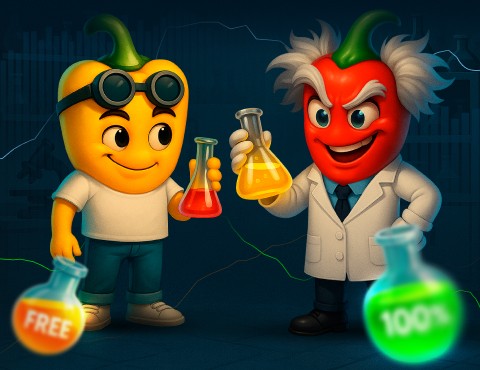Crowd psychology: how can it help in trading?

Emotions are sold. They are put on display. There are especially many emotions in the financial markets. Alone, a person is calm. Individual. But when he mixes with the market crowd, strange things happen. A general direction, a serial number appears. This is how a trend is formed.
It is almost impossible to maintain your sanity in a crowd. It blinds. It assures you of the correctness. Everyone has experienced this feeling. An emotional upsurge when moving with the crowd. And tension when moving against it. Traders are constantly under such affect. It intensifies before reversals.
At first, it is confusing. It interferes. It makes you angry. The higher your confidence, the bigger your mistakes. But as soon as you become aware of your own emotionality, the "conscious trader" appears. He constantly calibrates your internal state. Compares it with the external environment. And when the signals about the end of a trend coincide, he makes you leave the crowd. This process is often called intuition.
1. "Kryptonite" of a conscious trader
The tips of a "conscious trader" significantly improve trading. They smooth out the yield curve. They make trading more enjoyable. But even the loudest voice of "intuition" can be drowned out. Nervous overexcitation turns off the conscious assistant. High tension of the nervous system makes the trader part of the crowd. It zombifies.
When this mechanics becomes clear, the search begins. Market sentiment indicators. Oscillators. Averages. All this is useful and works well with due experience. But very often the main trigger of nervous tension disappears from the search. The volume of the transaction.
It is this element that is responsible for most of the internal tension. If the transaction volume is too high, the trader becomes part of the crowd. He devalues the importance of the trading system. Quick profit at any cost. Systematicity is forgotten. Mistake. Winning back. Failure. Another one. And debriefing.
There is a good rule for choosing the psychologically correct volume. The trader should be able to open a deal. Close the trading terminal. And leave for other things. If he constantly "returns" to the quotes, and especially cannot leave the screen, the volume is too high. It needs to be reduced.
2. Seasonal features of using indicators
When the transaction volume is determined correctly. Trading is comfortable. You can do technical issues. The search for the best crowd indicator continues. It's like counting the last decimal place in Pi - 3.14159... The problem is unsolvable, but fascinating.
You don't need to go that far. It's not difficult to see the limits of the market. For example, with the help of reliable oscillators, such as MACD or RSI, you can easily find zones when the crowd is too carried away. And take advantage of this. But periodically, the market breaks out of the overbought and oversold limits. A powerful trend disturbs the peace. And makes even experienced traders join the crowd of those who are recouping.
In most cases, this can be avoided. There is seasonality in the markets. Large trends occur in spring and autumn. And in winter and summer, sideways corridors prevail. In order for oscillators to remain effective, in spring and autumn you need to go to higher timeframes - H4 or even D1. In winter and summer - to lower ones - H1 or H4.
